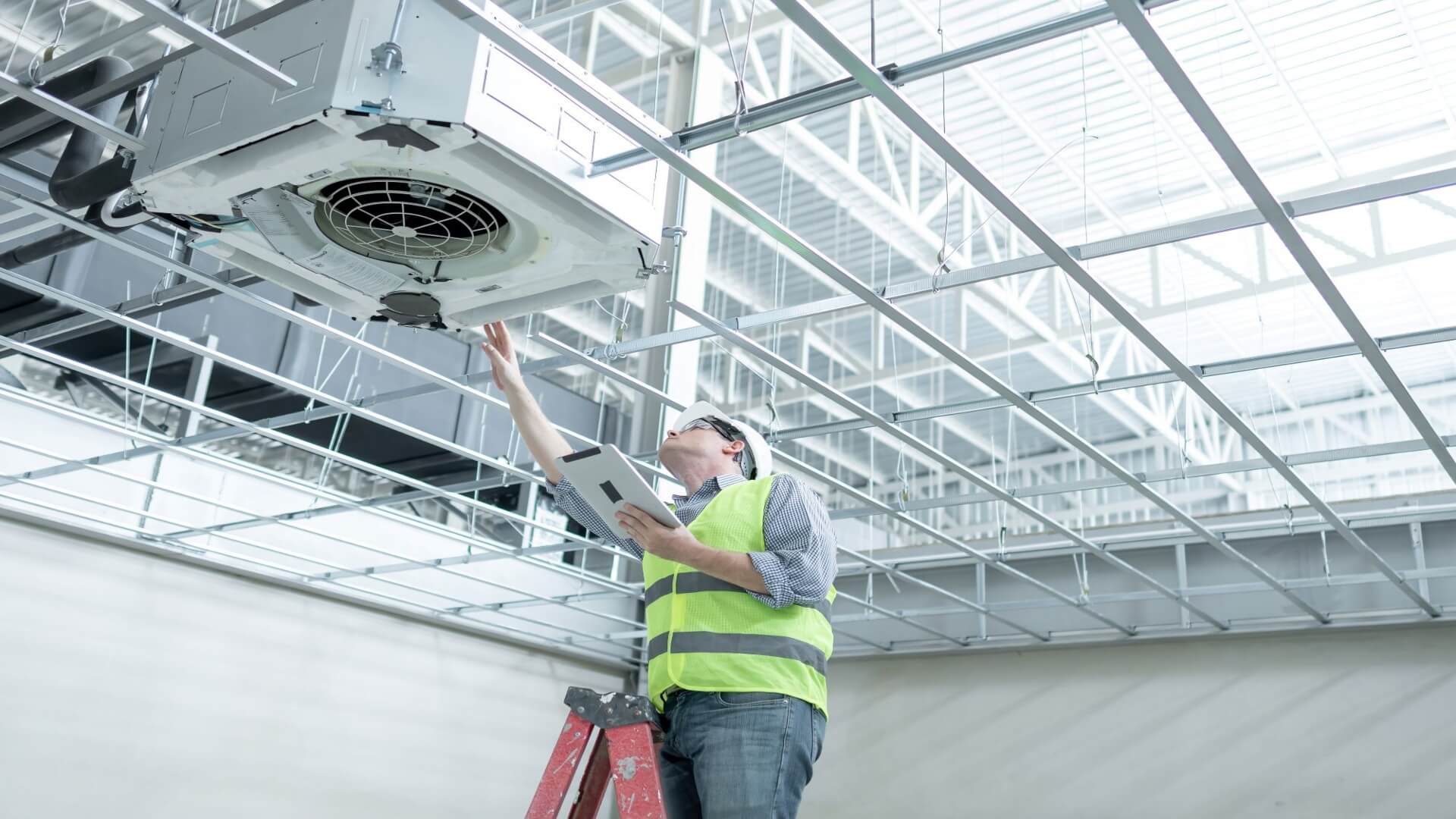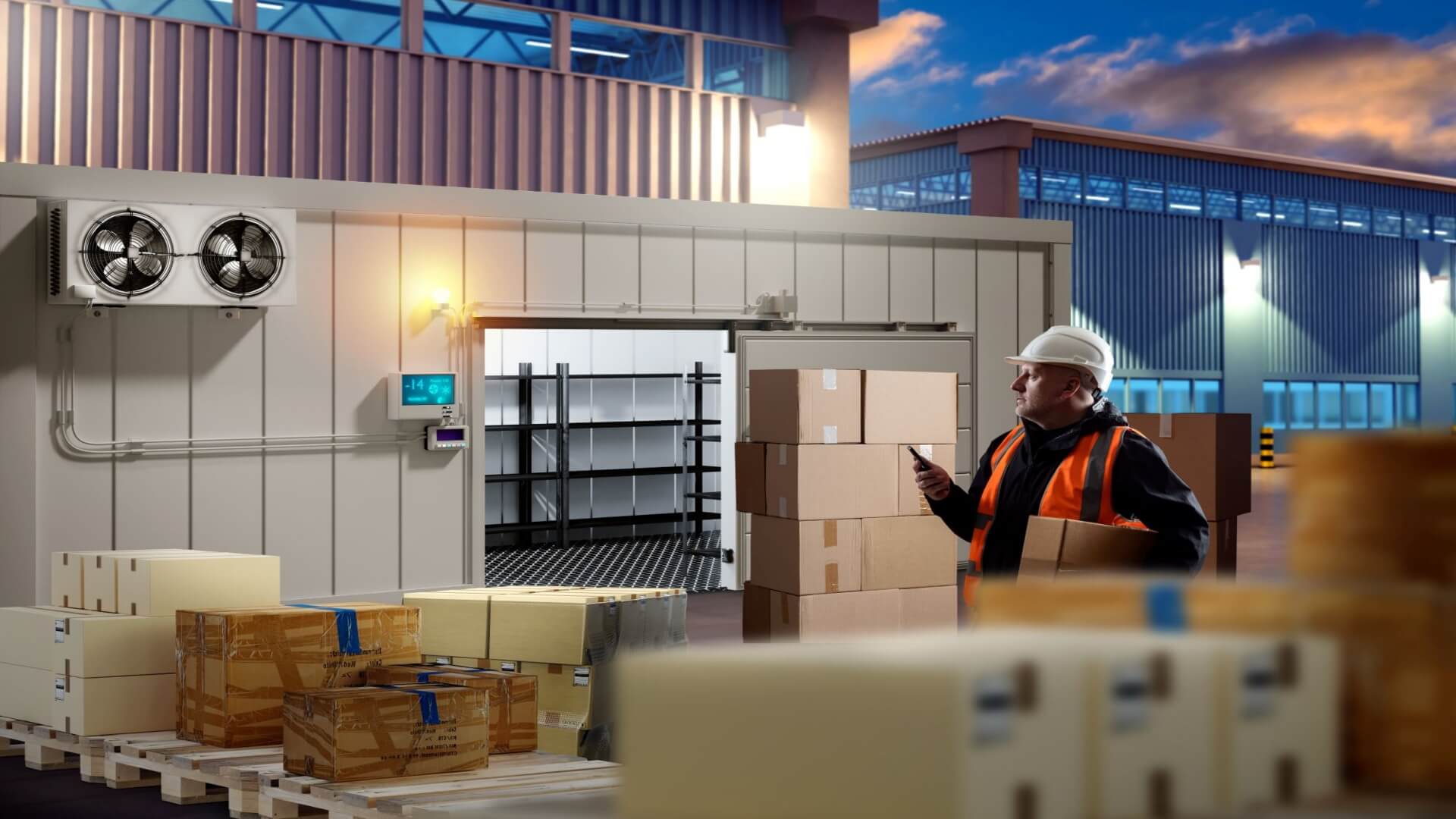Proper commercial ventilation is essential to a healthy and comfortable indoor environment. Undeniably, indoor air pollution can negatively affect the health and well-being of occupants, including customers and guests. One solution is commercial ventilation systems designed to circulate fresh air while removing stale air and pollutants.
This article explores the different types of ventilation systems, their unique advantages, and practical tips for maintaining the efficiency of your system.
Types Of Commercial Ventilation
There are various commercial ventilation systems, each designed for specific applications. When selecting a ventilation system, building owners and managers should consider building size, occupancy, and local climate to ensure a healthy and comfortable indoor environment. To learn more about ventilation services, visit relevant websites or consult a professional in the field.
The following are the common types of commercial ventilation:
1. Natural Ventilation
Natural ventilation is the most basic ventilation system, which uses natural forces such as wind and temperature differences to circulate air. By carefully considering factors such as building orientation, window placement, and shading devices, architects can enhance the effectiveness of natural ventilation, making it a viable option even in challenging environments.
This system requires no mechanical components, making it a cost-effective option for buildings with mild climates and limited occupancy. However, it may not provide sufficient ventilation in extreme weather conditions and can be affected by external factors such as nearby sources of pollution.
2. Mechanical Ventilation
Mechanical ventilation circulates air via fans, blowers, and ducts. Two types exist: exhaust and supply ventilation.
Exhaust ventilation focuses on removing stale air, contaminants, and moisture from the building’s interior. It’s typically employed in spaces where source-specific pollutants must be controlled or where moisture and odour management is critical. It uses fans and vents placed in strategic locations, such as kitchens, restrooms, or manufacturing areas.
On the other hand, supply ventilation concentrates on introducing fresh outdoor air into a building to improve indoor air quality. It’s commonly used in laboratories, manufacturing facilities, or spaces with sensitive equipment. It utilizes fans and ductwork to distribute outdoor air throughout the building, often combined with filtration systems to remove pollutants before air is circulated.
While both ventilation systems serve specific purposes, they may not be suitable for every commercial space. In many cases, a balanced ventilation approach, which combines the benefits of both exhaust and supply ventilation, may be the most effective solution to ensure optimal indoor air quality.
If you have mechanical ventilation, you can consider air curtains. These devices are designed to create an invisible barrier of high-velocity air across an open doorway or entrance to enhance energy efficiency, control pests, and improve indoor air quality. If you’re interested in buying some, click here to browse different selections and find the perfect fit for your needs.
3. Hybrid Ventilation
Hybrid ventilation combines natural and mechanical ventilation to provide a flexible and energy-efficient system. It uses natural ventilation when outdoor conditions are favourable and switches to mechanical ventilation when needed.
By leveraging the benefits of natural ventilation whenever possible, these systems can minimize reliance on energy-consuming mechanical components, thereby enhancing the sustainability of a building, reducing its carbon footprint, and supporting green building initiatives.
Hybrid ventilation systems can be designed to suit the specific requirements of a building and can be operated manually or automatically. They’re suitable for buildings with varying occupancy and weather conditions, such as schools and offices.
When designing and implementing a hybrid ventilation system, collaborate with experienced professionals who can evaluate the specific needs of the commercial space and tailor the system accordingly, ensuring optimal performance and long-term benefits.
Maintenance Of Commercial Ventilation
Maintaining your commercial ventilation system is crucial to ensure it runs smoothly and efficiently. Here are some helpful tips for maintaining your commercial ventilation system:
- Regular Cleaning: It’s essential to clean your commercial ventilation system regularly to remove dust, dirt, and other pollutants that can affect indoor air quality. This includes cleaning the air ducts, filters, and fans. Regular cleaning can also help improve the life span of your system.
- Professional Inspection: Don’t let your commercial ventilation system be an afterthought. Ensure it runs smoothly and efficiently by scheduling a professional inspection at least once a year. A heating, ventilation, and air conditioning (HVAC) technician can thoroughly examine the system, checking for wear and tear on critical components like motors, belts, and bearings. They can also test the airflow and air quality to ensure clean and healthy air.
- Replacement Of Filters: Filters should be replaced regularly to ensure proper ventilation and prevent the accumulation of pollutants. The frequency of filter replacement in a commercial ventilation system depends on various factors, such as the type of filter used and the level of occupancy in the building.
In general, however, filters should be replaced every three to six months for optimal performance. Buildings with high occupancy or with sensitive occupants, such as hospitals or cleanrooms, may require more frequent filter replacements to maintain indoor air quality.
Proper maintenance and inspections can identify potential problems early, leading to cost-effective solutions and avoiding expensive repairs in the future.
Conclusion
Commercial ventilation isn’t just about keeping the air flowing; it provides a safe and comfortable indoor environment for building occupants. Following the abovementioned guidelines can improve indoor air quality and reduce energy costs.
Don’t compromise the health and comfort of your building inhabitants. Act now to improve indoor air quality in your building.
































